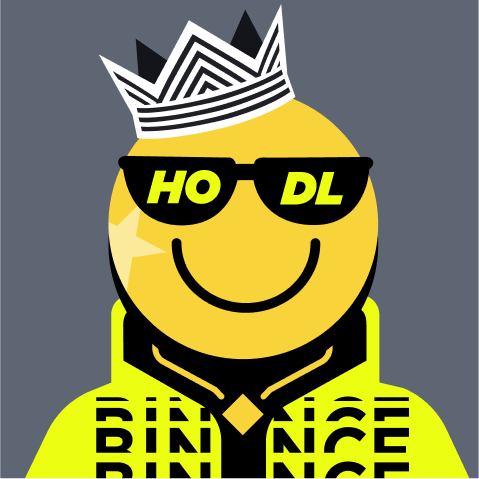🔴What is an NFT and why do we need them? NFT (Non-Fungible Token) is a unique digital token that certifies ownership of a specific active object or file on the Internet. Unlike cryptocurrencies such as Bitcoin or Ethereum, which are fungible (1 Bitcoin is always worth 2 Bitcoins), NFTs are unique and non-fungible.
🟠How does an NFT work? Definition of an NFT and storage on a stationary platform - a decentralized database. Blockchain provides security, transparency and permanence of information. Most often, NFTs are issued on the Ethereum platform, but there are other devices that support this standard.
Each NFT contains metadata such as: • information about the owner;
• a link to a digital object (picture, video, music, text);
• a unique identifier that makes each token one of a kind.
🟡Where to use NFTs?
1. Art and collecting. NFT allows artists and creators to sell their works in a digital format. For example, digital images created in a graphics editor can be “pinned” in real time using NFTs. This allows collectors to acquire exclusive rights to works of art.
2. Games and metaverses. Video games have become one of the main sources of NFT use cases. They are used to purchase in-game items: weapons, skins, characters, or land in virtual worlds. These assets can be resold or used in other games if they are supported by the same ecosystem.
3. Music. Musicians issue NFTs to sell unique rights to their tracks, albums, or access to exclusive events.
4. Real estate. Further, NFTs can be used to digitize assets such as houses or land, giving owners digital ownership.
5. Brands and marketing. Many older companies issue NFTs to increase customer loyalty. For example, collectible tokens with brand symbols or promotions.
Benefits of NFTs • Transparency. All NFT transactions are recorded indoors, which makes it possible to counterfeit.
• Support for creators. Every time an NFT is resold, the creator can receive a percentage of the sale (royalty).
• Uniqueness. Each token is unique and cannot be copied.
Problems and challenges • Energy consumption. Creating and trading NFTs requires significant computing resources, which have a negative impact on the environment.
• Legal issues. The legislation of some countries regarding NFTs is still unclear.
• Fraud. There are cases of plagiarism, when fraudsters sell other people's works as their own.
🟢How to buy or create NFT?
1. Purchase. To buy an NFT, you will need a cryptocurrency wallet (for example, MetaMask) and funds on it. Then you can choose a marketplace (OpenSea, Rarible, Foundation) and purchase the token you like.
2. Creation. To create an NFT, you need to: • choose a platform (for example, OpenSea or Rarible);
• upload a file (picture, video, music);
• pay a fee for creating a token (in the Ethereum network, this is called “gas”).
Summary NFT is an innovative technology that opens up new opportunities for art, business, and collecting. However, due to environmental, legal, and other issues, its development is accompanied by controversy. It is important to remember that buying an NFT is not only an increase in the efficiency of digital assets, but also an investment with risk.



